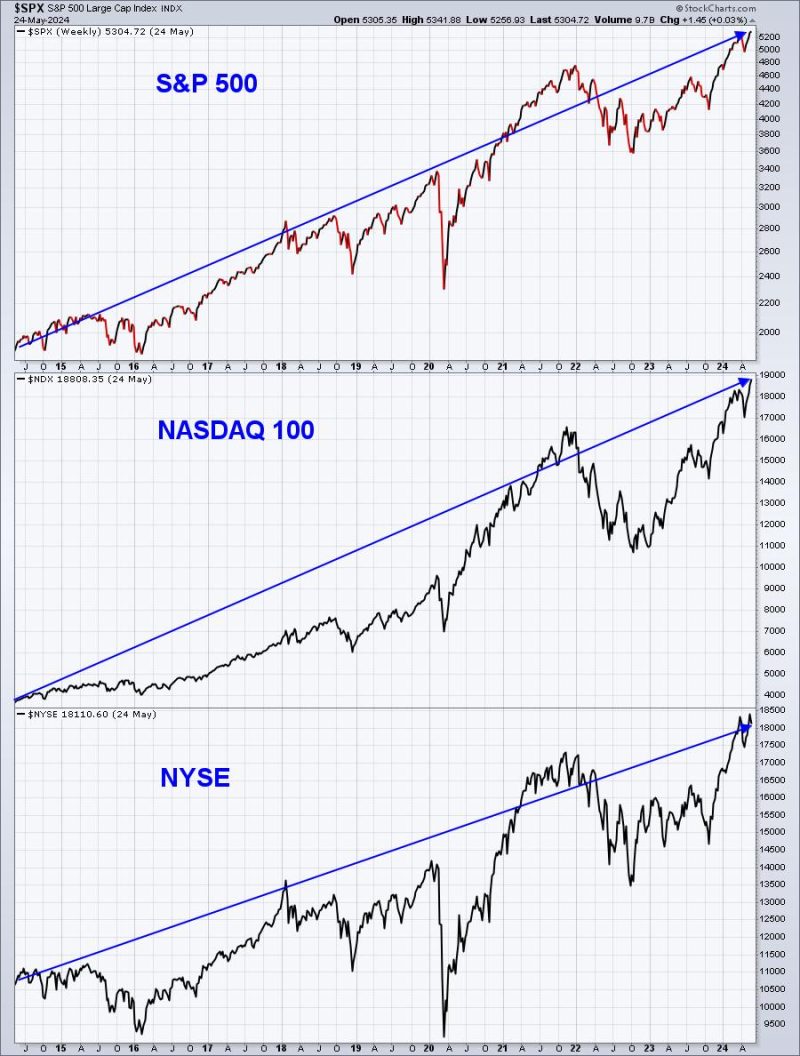Step 1: Establish Clear Goals and Objectives
The first step towards improving your trading process and results is to establish clear and specific goals and objectives. Before you dive into trading, take the time to define what you want to achieve. This could include setting profit targets, defining your risk tolerance, or outlining your trading time frame.
By having well-defined goals, you create a roadmap for your trading activities. This clarity can help you make informed decisions, stay focused on your objectives, and avoid impulsive actions that may derail your progress. Whether your goal is to generate consistent profits, build wealth over the long term, or simply enjoy trading as a hobby, having a clear direction will guide your actions and decisions.
Step 2: Develop a Robust Trading Plan
Once you have established your goals, the next step is to develop a robust trading plan. A trading plan outlines your trading strategy, rules, and procedures that guide your trading activities. It acts as a blueprint for your trades, helping you stay disciplined and consistent in your approach.
Your trading plan should include criteria for entering and exiting trades, risk management guidelines, and methods for analyzing the markets. It should also incorporate strategies for dealing with different market conditions and scenarios. By following a well-thought-out trading plan, you can reduce emotional decision-making, minimize trading errors, and increase your chances of achieving your trading goals.
Step 3: Focus on Risk Management
Effective risk management is a critical component of successful trading. Without proper risk management, even the most profitable trading strategy can lead to losses. To improve your trading results, it is essential to focus on preserving capital and managing risk effectively.
One key aspect of risk management is determining the appropriate position size for each trade based on your risk tolerance and trading goals. By limiting the amount of capital you risk on each trade, you can protect your account from significant drawdowns and ensure long-term sustainability. Additionally, using stop-loss orders to define your risk and having a clear exit strategy can help mitigate losses and protect your profits.
Step 4: Continuously Educate Yourself and Adapt
The financial markets are constantly evolving, and as a trader, it is crucial to continuously educate yourself and adapt to changing market conditions. Stay informed about economic events, market trends, and new trading strategies to enhance your trading knowledge and skills.
Attend trading seminars, read books and articles, and engage with other traders to broaden your understanding of the markets. Additionally, keep a trading journal to track your trades, analyze your performance, and identify areas for improvement. By learning from your experiences and adapting your trading approach, you can refine your strategies, optimize your results, and become a more successful trader.
In conclusion, by following these four steps—establishing clear goals, developing a trading plan, focusing on risk management, and continuously educating yourself—you can improve your trading process and results. With dedication, discipline, and a commitment to learning and growth, you can enhance your trading performance and work towards achieving your financial goals.



























